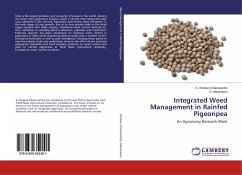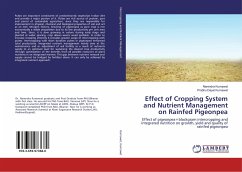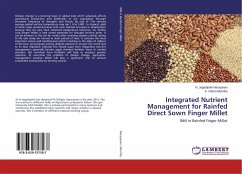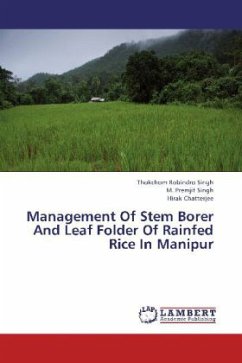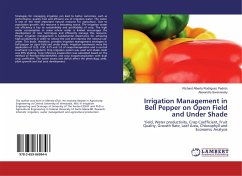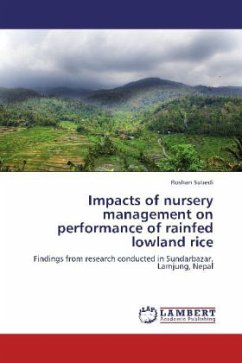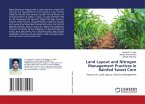India is the largest producer and consumer of pulses in the world. Among the pulse crops pigeonpea (Cajanus cajan) is second most important pulse crop cultivated in the country. Pigeonpea faces heavy weed infestation in the early stages of crop growth, due to its slow growth habit in the initial stages coupled with wider spacing. Traditional weed control methods viz. inter cultivation or weeding alone is laborious, expensive and insufficient. Extensive research has been conducted on chemical weed control in pigeonpea in India which showed promising results with a number of pre-emergence herbicides as well as post emergences. Keeping these points in view the present study was undertaken to know the effect of pre and post emergence herbicides and hand weeding practices on weed control and yield of rainfed pigeonpea at Tamil Nadu Agricultural University, Coimbatore under rainfed condition.
Bitte wählen Sie Ihr Anliegen aus.
Rechnungen
Retourenschein anfordern
Bestellstatus
Storno

